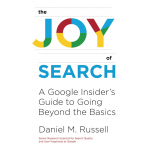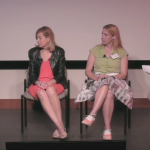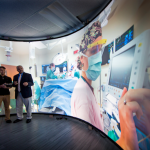Communicating Complexity
Certain structures for online content enhance your interest in and understanding of complex information.
Another challenge is structuring complex information for your mobile device.
Today’s students provide clues for how future audiences will respond to more personalized and interactive content.
Comprehension of complexity is also enhanced by technological literacy.
Maryland’s new “blended” learning initiative and “I-series” courses, such as “Information 3.0,” reveal how students seek, select, and share information.
Enhancing technological literacy with mobile devices, social networks, wikis and blogs facilitates users’ engagement with complexity producing life-long benefits that extend beyond the classroom.
How Four Elements Simplify This Page For You
The personalization, interactivity, and coherence between the text and multimedia are explained below. It’s equally important these occur without distractions or “kick-outs.”
- Personalization in the text that addresses YOU
- Interactivity with the brief video
- Coherence with full sentences as red titles, not sub-heads. That means scanning users who don’t read the text still acquire information. Also, the last sentences preview the video, which elucidates the text.
- “Kick outs” are minimized because there are no large blocks of text, and no pop-up windows.
Tweets
Tweet using #FIAumd #complexity to join this conversation.
Additional Resources
“Effects of Text and Hypertext Structures on User Interest and Understanding of Science and Technology,”
This experimental study reports how different combinations of text and links significantly affect user interest and comprehension of health information. Science Communication, (2011).
“A New Multimedia Model To Enhance Understanding of Complex News,”
A book chapter detailing the PICK model of personalization, interactivity, coherence and kick-outs. In Journalism and Citizenship: New Agendas (2009).
“Digital Natives: Following Their Lead on a Path to a New Journalism,”
By understanding how young people process various types of news and formats using new media, journalists enhance their ability to adapt their work to emerging technologies. In Harvard’s Nieman Reports (2009).
“Mastering Multimedia,”
To keep readers’ attention and enhance understanding, it’s critical that each ingredient in a rich multimedia stew is placed where it makes the most sense. American Journalism Review (2009).
“Is It The Medium or The Message?” Structuring Complex News To Enhance Engagement and Situational Understanding By Non-Experts,”
The foundational study of the PICK model for complex news text. Communication Research (2006)





